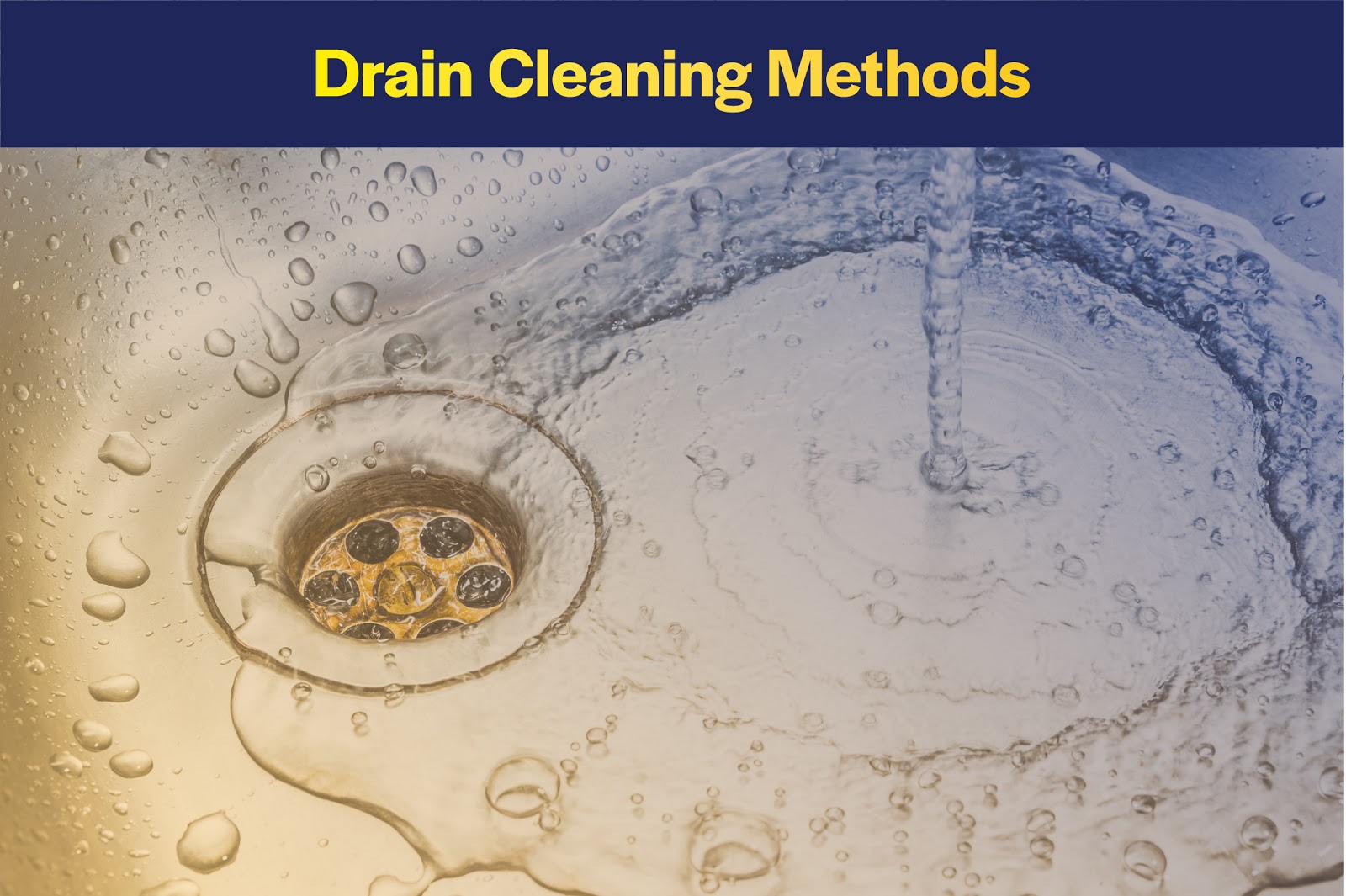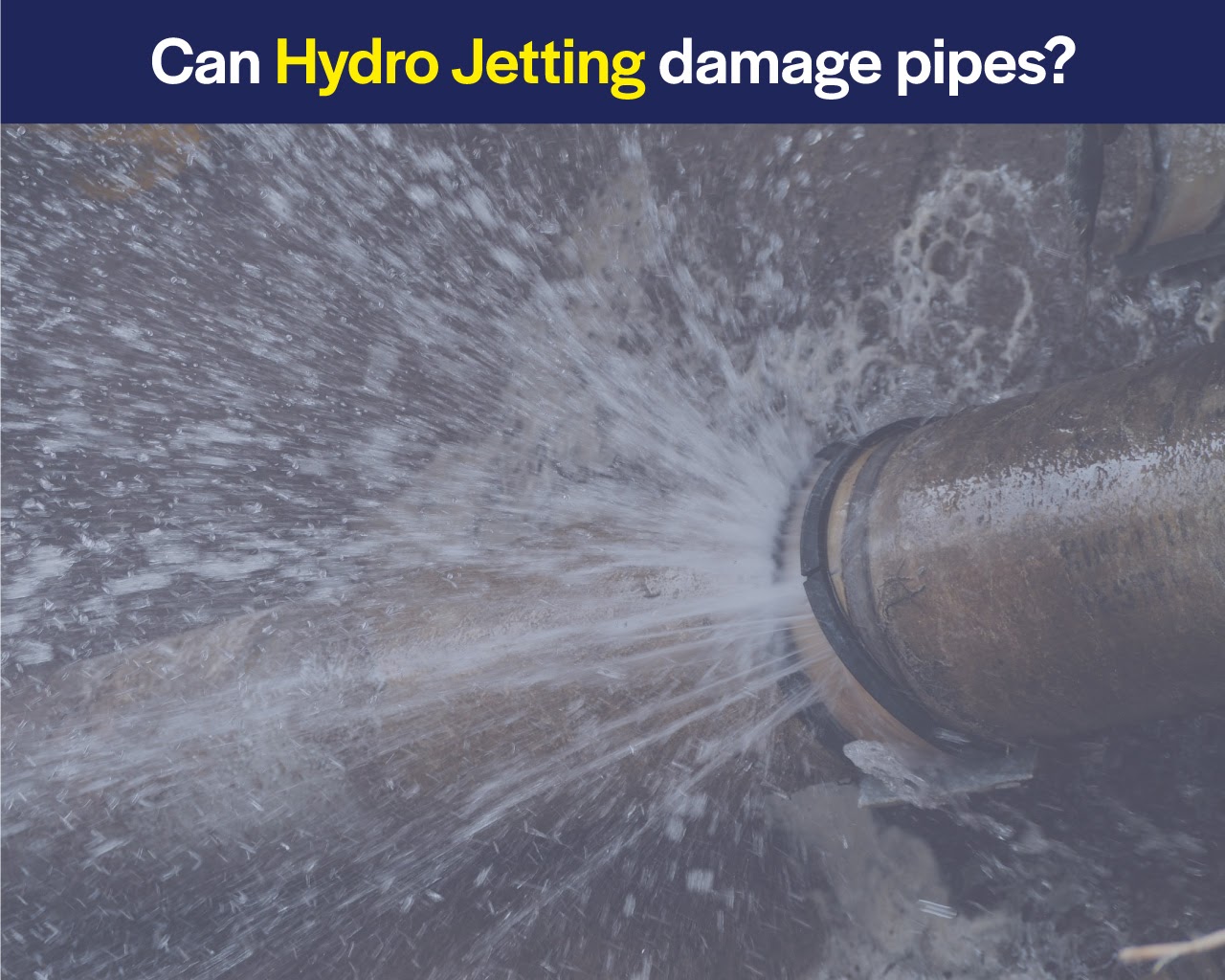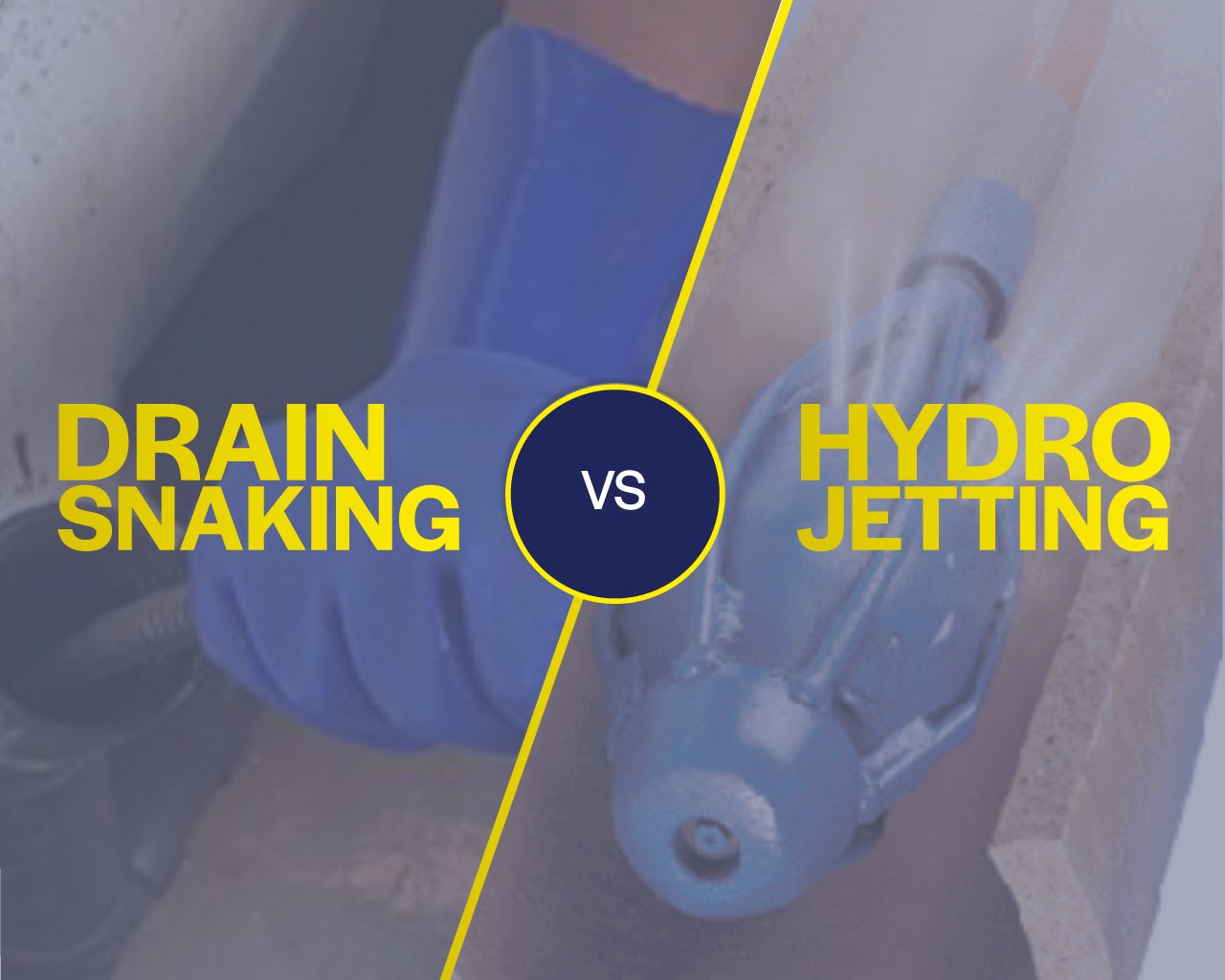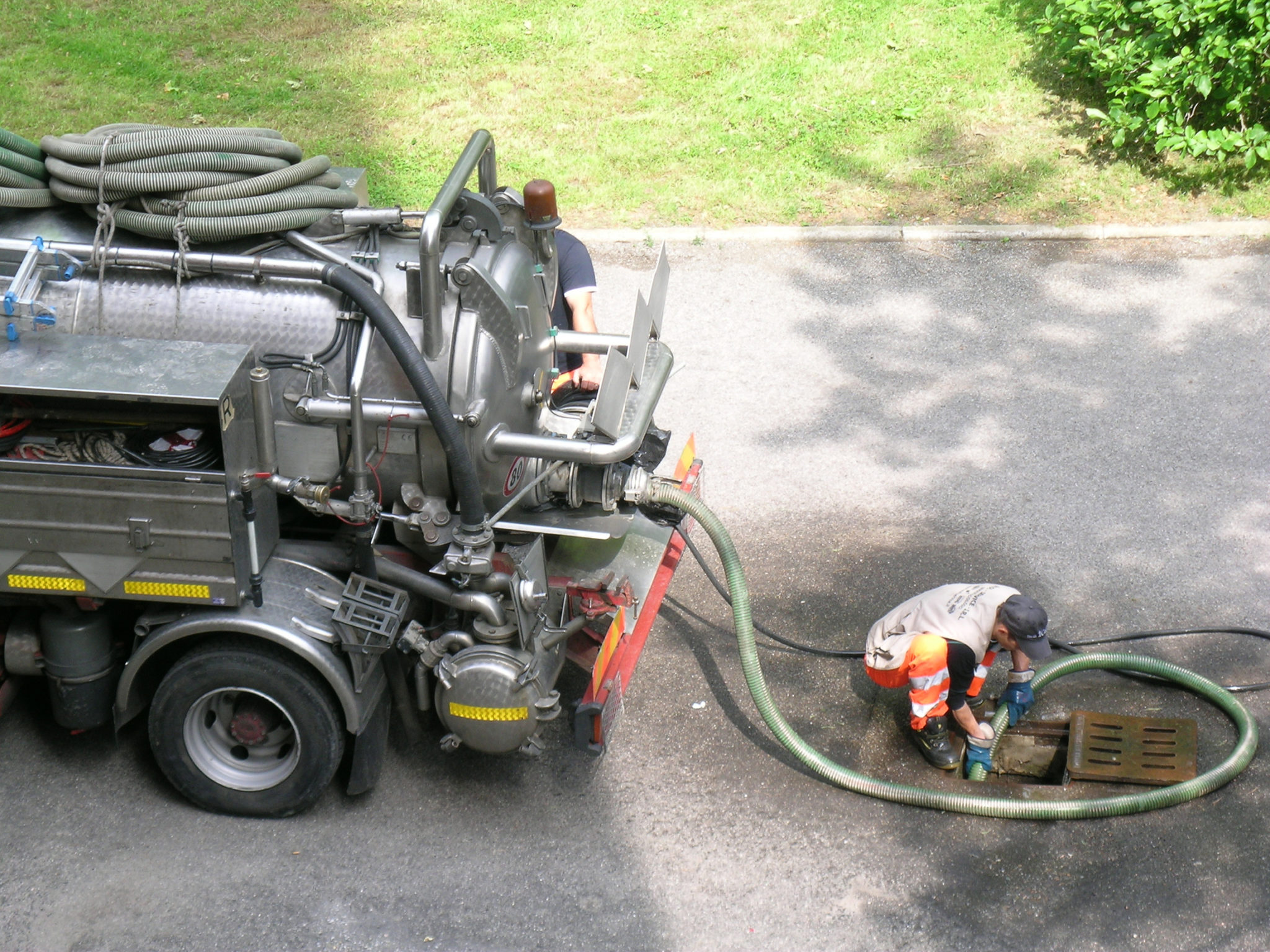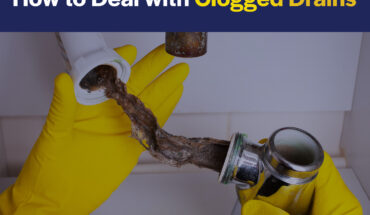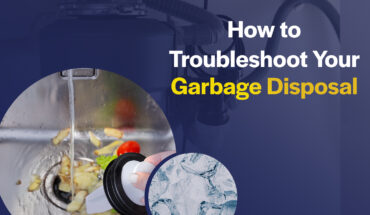A clogged drain can quickly escalate and become not only a nuisance but even a health hazard in your home or business. Clogged drains are all too common and some warning signs include:
- Slow Drains
- No draining at all
- Unpleasant Odors
- Bubbling or Gurgling sounds
- Overflowing Toilets
- Drain Flies in your bathroom
Oftentimes home and business owners may attempt to clear a difficult clog themselves by means of a plunger or in some cases, even a drain auger. While sometimes a plunger may be all you need, if a clog continues to come back, you’re likely dealing with something more serious that will require a more professional approach.
To clear difficult clogs your drains will benefit from a hydro jetting service – the number one recommended drain cleaning method.
What is Hydro Jetting?
Hydro jetting is a non-invasive method designed to clear difficult clogs in both your drains and sewer line. It is a superior method that utilities highly pressurized water to clear any clogs caused by years of buildup, sand, grease, scale or tree roots, thoroughly flushing your pipes out and cleaning them from all angels. Hydro Jetting does two jobs in one, destroying and clearing difficult clogs and cleaning the inside of your pipes which helps tremendously in the upkeep and maintenance of your plumbing system, in the long run.
How Hydro Jetting works to clear difficult clogs
The first step of a Hydro Jetting service is a camera inspection of the drain system. This allows the plumber to pinpoint the exact location of the clog and establish the severity of the problem. Additionally, your professional plumber will be able to identify any weak spots in the plumbing system that may not be able to withstand the blast of high pressure water.
The plumber then prepares his equipment by selecting the appropriate nozzle of the hose, attached to his water tank. It is then inserted into your cleanout and self-propels through your pipes from the water pressure coming from the water tank. Any clog or debri encountered then dissolves and is completely flushed out.
The water pressure can be adjusted to anywhere from the average 3,000 to 8,000 PSI to the heavy duty 10,000 – 60,000 PSI, making this method easily adaptable to different plumbing systems and capable of attacking very severe blockages.
Hydro Jetting for preventing difficult clogs
As we mentioned Hydro Jetting is not only the superior method to clear difficult clogs, it’s so thorough and effective at clearing every last bit of scale and buildup that it keeps your pipes clean and productive for a long time to come. That’s why we recommend making hydro jetting a regular part of your regular plumbing maintenance. By proactively scheduling a hydro jetting service on an annual basis you will maintain your plumbing system’s health and working condition and prevent small problems that can quickly escalate into big, expensive jobs. This can also help you conserve water usage and lower your bills as well.
While Hydro jetting is a highly effective, environmentally friendly and non-invasive method of clearing drain clogs, older pipes that are much weaker and prone to break, will likely not withstand the highly pressurized water.
If not performed properly, hydro jetting can cause further problems in your plumbing system or result in the consumption of more water than necessary. Therefore Hydro Jetting should be left for the hands and expertise of a professional with the right equipment, skill and experience.
Here at VIP Drain Services we have over 20 years of experience in the plumbing industry and our specialists are ready to assist you. Call us for a free estimate, book an appointment and know that for any plumbing emergencies we are available 24/7.



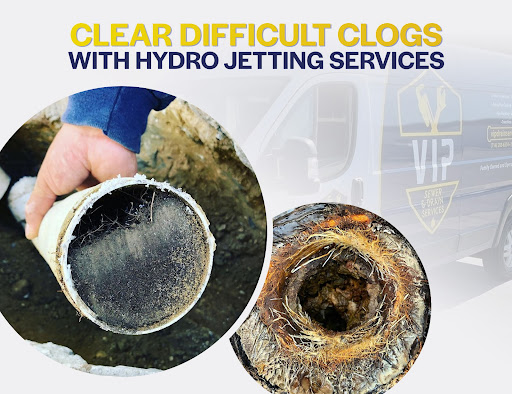
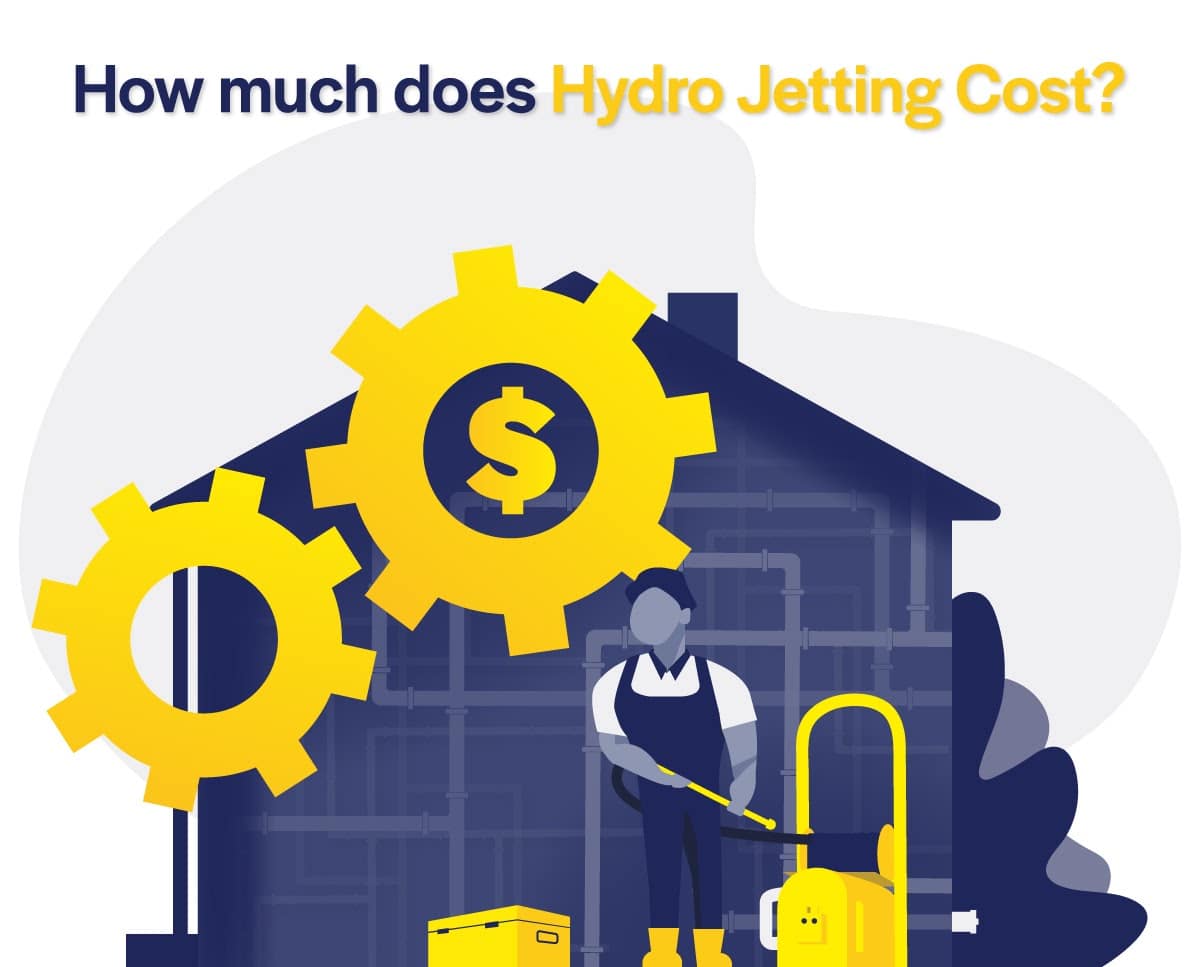
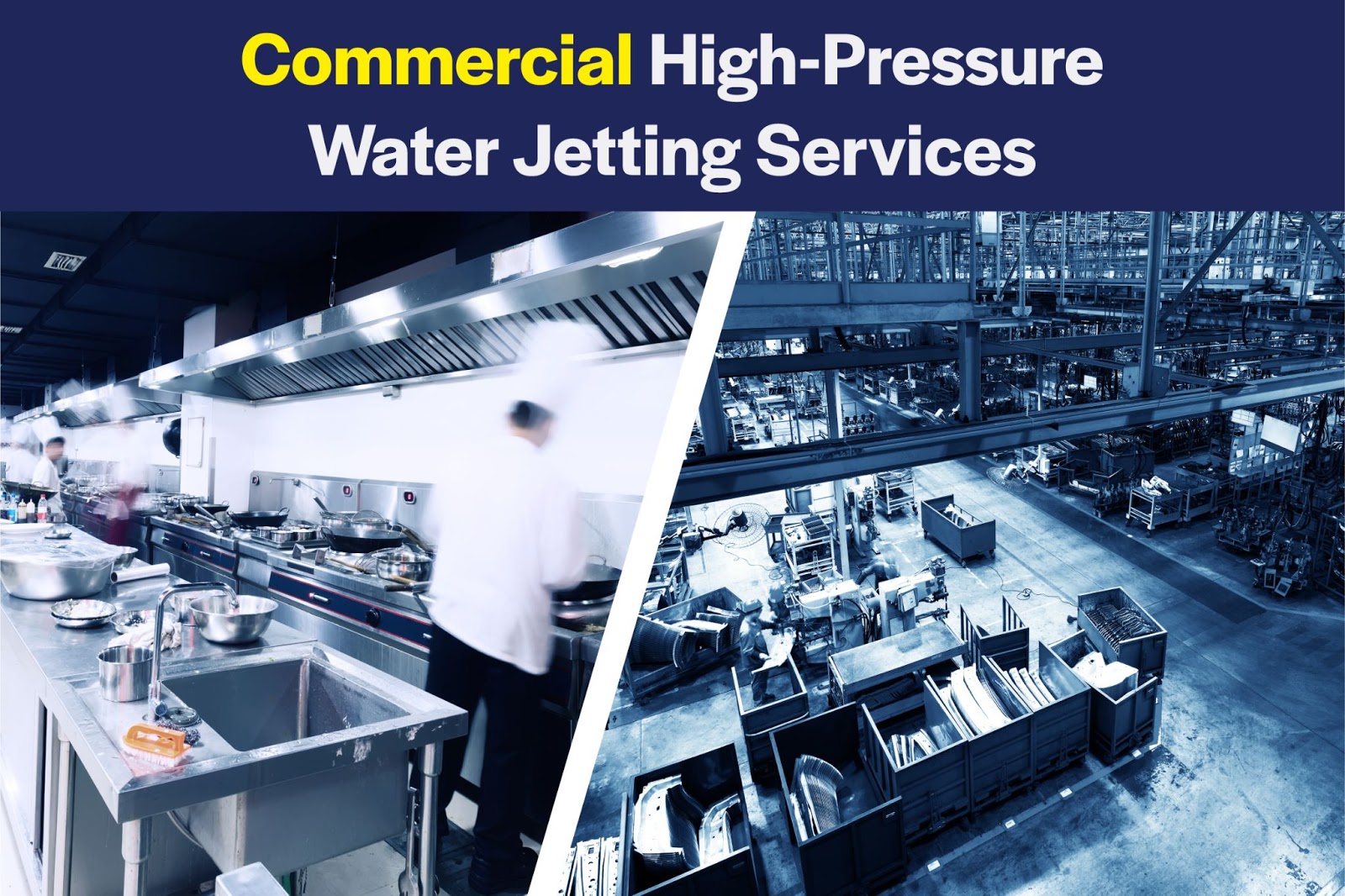
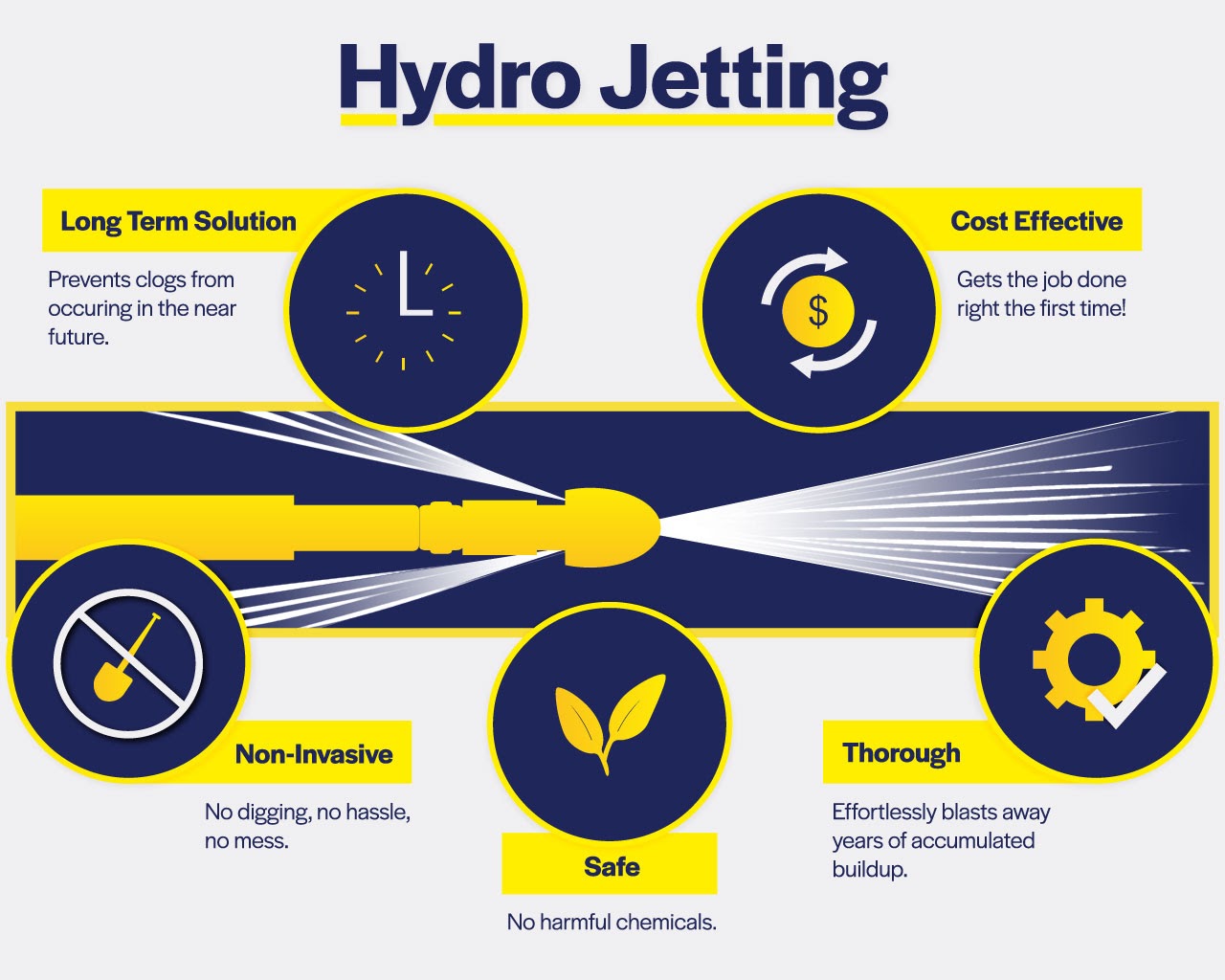 When compared to other preventative maintenance procedures, high pressure water jetting is not only environmentally friendly and inexpensive, but it’s also a more effective way to thoroughly clean commercial pipes from existing clogs and prevent future buildup. In addition, pipes that are cleaned regularly are more efficient, which in return, will decrease your business’s water bill and overall energy costs.
When compared to other preventative maintenance procedures, high pressure water jetting is not only environmentally friendly and inexpensive, but it’s also a more effective way to thoroughly clean commercial pipes from existing clogs and prevent future buildup. In addition, pipes that are cleaned regularly are more efficient, which in return, will decrease your business’s water bill and overall energy costs. 